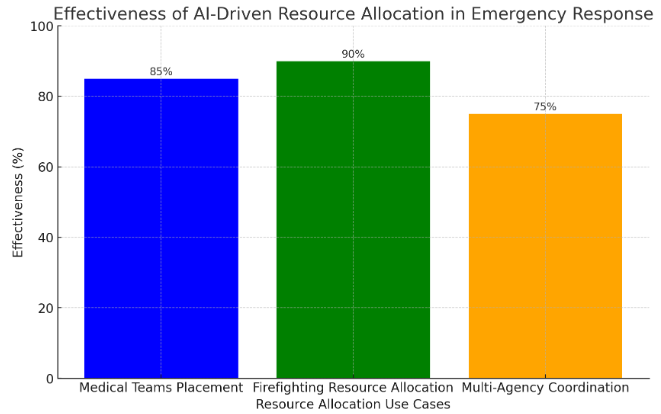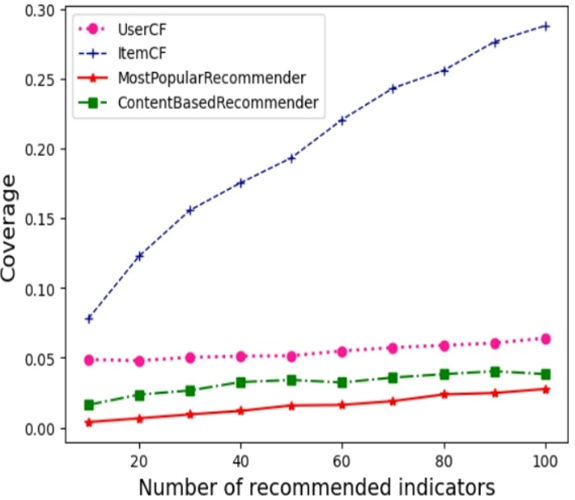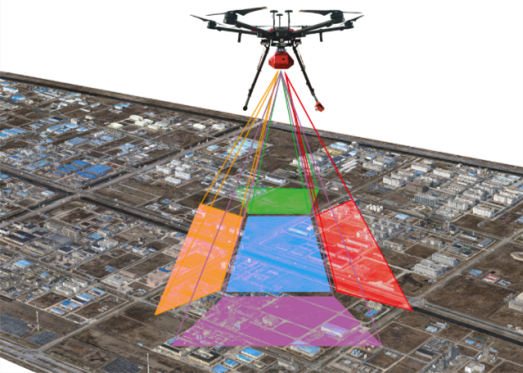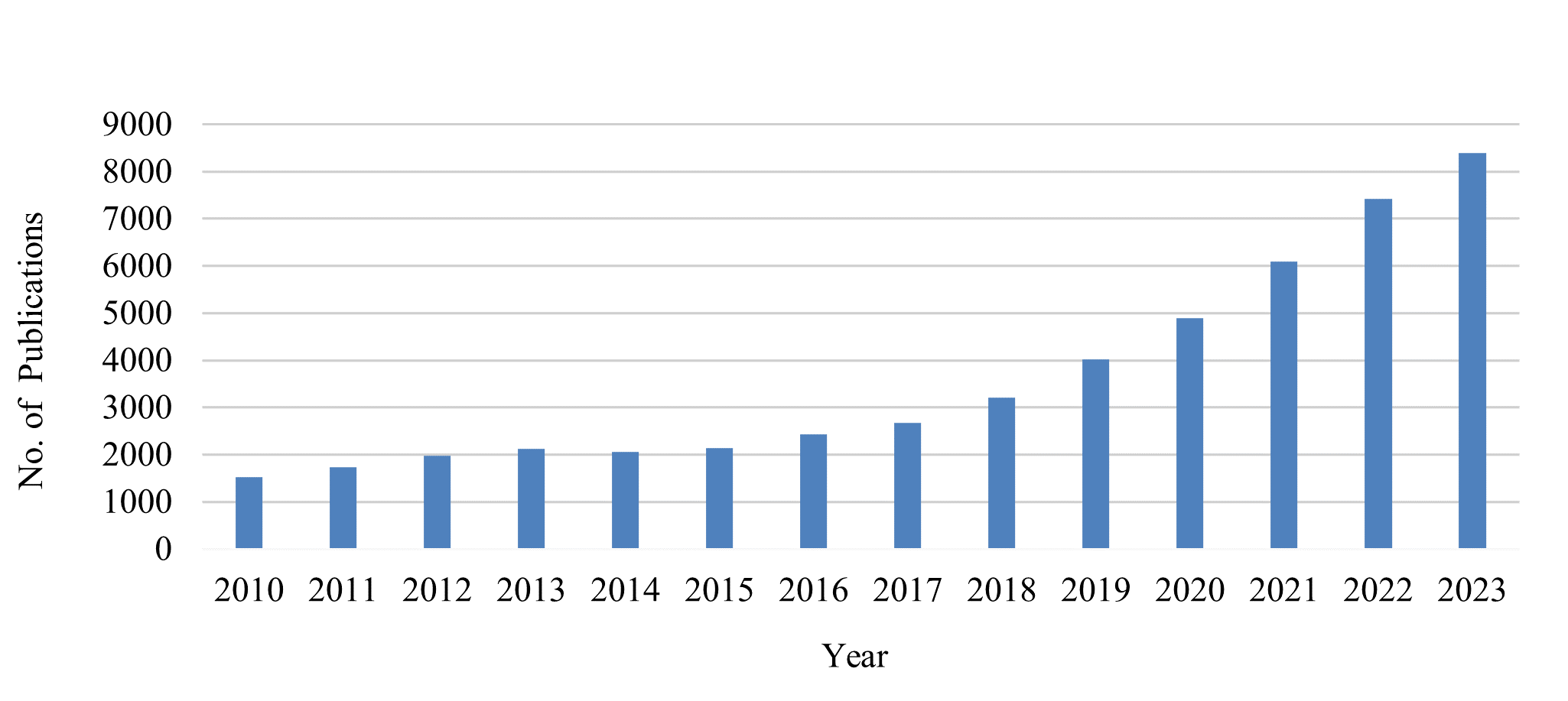

Volume 71
Published on September 2024Volume title: Proceedings of the 6th International Conference on Computing and Data Science

Artificial Intelligence (AI) and Natural Language Processing (NLP) technologies play an essential role in the ongoing development and advancements of emergency response systems. This paper explores the new opportunities and possibilities offered by the incorporation of AI-driven automated emergency response systems, and the benefits of using NLP to increase the efficiency of human language processing and communication in real time. Using case studies and applications, we analyse how integrating AI and NLP technologies can reduce response times, improve situational awareness and coordination between emergency services. We then explore how AI-driven models can be used to predict natural disasters, optimise emergency vehicle routes and identify areas of need in real time through the analysis of social media and emergency communications via NLP. However, we also discuss the issues that come with implementing these technologies, such as data-privacy challenges, technical limitations and the need for sustained retraining of AI systems. The conclusions of this research indicate that continued collaboration between stakeholders is necessary to overcome these barriers, and that substantial innovation is needed to maximise the potential of AI and NLP technologies in emergency management.

 View pdf
View pdf



In recent years, the number of movies released worldwide has grown exponentially. Due to the large number of movies, it is difficult for users to find movies that match their preferences. Therefore, with the development of Internet technology, it has become an important research direction how to filter out the movies that users are interested in from the massive movie data. This paper mainly focuses on the film recommendation algorithms based on machine learning, including the traditional collaborative filtering algorithm, rating-based sorting recommendation algorithm and content-based recommendation algorithm. By conducting a detailed analysis of the principles, advantages and disadvantages, as well as application scenarios of these recommendation algorithms, this paper aims to identify methods that best fit current movie recommendation systems. The objective is to improve the real-time and personalized recommendation, while providing users with better film recommendation services.

 View pdf
View pdf


As a core technology in railway signal control, the fully electronic computer interlocking system achieves the control of railway signals and switches through computerization, ensuring the safety and efficiency of train operations. With the increasing complexity of railway systems, traditional management and maintenance face significant challenges. Knowledge graphs, as an advanced data management and representation method, can effectively organize and utilize large-scale domain knowledge, enhancing the system's intelligence. This paper introduces the construction methods, core concepts, and applications of knowledge graphs in the field of fully electronic computer interlocking systems, providing references for research and practice in this area.

 View pdf
View pdf


Heart disease remains the leading cause of global mortality, necessitating precise and nuanced detection strategies. Recent advancements in machine learning and deep learning have significantly enhanced predictive capabilities for heart disease, utilizing diverse patient data such as electrocardiograms, historical diagnoses, and genomic information. This review examines various computational models—including decision trees, support vector machines, and neural networks—assessing their applications, strengths, and limitations in heart disease prediction. Despite these advancements, challenges persist, including algorithmic safety, ethical considerations, and the need for prospective clinical validation. Future research should focus on integrating multimodal data, enhancing model interpretability, and addressing privacy concerns to further improve predictive accuracy and clinical utility.

 View pdf
View pdf



The inspection and preventive maintenance of railway facilities and their surrounding environments are critical tasks for ensuring the safety of railway operations. Inspection is the prerequisite for maintenance, and therefore, comprehensive inspection and maintenance methods can effectively reduce operational risks and ensure safe train operations. This paper summarizes the application of drone vision technology in railway inspections, analyzing the use of drones for the inspection of high-altitude equipment and environments, ground-level equipment and environments, and disaster prevention and control. It also reviews the recent applications of drone vision inspection technology in the railway industry, identifies the constraints, and offers a perspective on future developments.

 View pdf
View pdf


Ambient air quality monitoring requires low-cost environmental sensor devices that are affordable and feasible for large-scale implementation. However, issues such as sensor drift, environmental sensitivity, and inter-sensor variability affect data accuracy and cannot be adequately addressed by traditional calibration methods. This paper summarizes the use of machine learning techniques for calibrating low-cost sensors. The literature review shows that machine learning models like Random Forest, Support Vector Regression, and Neural Networks significantly improve sensor accuracy and reliability. For instance, Random Forest models reduced the root mean squared error by 30% for PM2.5 measurements, while Neural Networks achieved an R² value of 0.997 for methane sensors. Integrating machine learning with IoT and mobile technologies enhances real-time monitoring and spatial resolution. Identified gaps include the quality of training datasets, managing environmental variability, and improving model transferability across different contexts. Addressing these gaps through advanced models and real-time calibration methodologies will further enhance sensor performance, ensuring more precise and reliable environmental data.

 View pdf
View pdf


The You Only Look Once (YOLO) algorithm series, as the forefront of object detection technology, has evolved from YOLOv1 to YOLOv10, consistently enhancing detection speed and accuracy. Through literature review and data analysis. This paper mainly discusses the development processes of the YOLO algorithm series, focuses on the changes and innovations in network structure, training strategies, and performance optimization. By introducing techniques, such as CSPNet, Anchor-free, data augmentation, and multi-scale training, the YOLO algorithm has progressively found a better balance between detection speed and accuracy, demonstrating excellent performance in processing real-time images and handling high-complexity scenarios. Furthermore, this paper also addresses some challenges faced by the YOLO algorithms and potential future research directions, such as the lower accuracy in detecting small targets and reduced robustness in complex scenarios. Through analysis, potential optimization directions for the future include further refining network structure and employing more efficient training methods to enhance algorithm efficiency. This paper intends to offer a thorough performance evaluation of the YOLO series algorithms, identify potential areas for future improvements to advance YOLO technology.

 View pdf
View pdf


Personalized medicine provides advanced diagnostics, customized therapies, and proactive health management, taking into account the distinct genetic and socioeconomic profiles of each patient. The rapid development of contemporary technologies, such as the combination of biology and information technology, has laid a solid foundation for the development of artificial intelligence in the field of personalized medicine. This article primarily explores the application of artificial intelligence (AI) to personalized diagnosis and treatment. Firstly, AI can use big data analysis, machine learning, and especially deep learning to quickly detect early disease indicators from massive medical data to provide patients with more accurate diagnosis and prediction. Secondly, AI can help develop a more personalized treatment plans by analyzing relevant data such as patients' genetic information, lifestyle, and social environment. This article focuses on the technical advantages and current applications of AI in personalized medicine to better understand the known challenges and future potential of the field.

 View pdf
View pdf


This paper presents a comprehensive engineering design analysis of the Apple Watch, a pioneering smart wearable device by Apple Inc. The analysis covers the device's hardware and software components, design principles, manufacturing processes, impact on user experience, and its influence on the wearable technology market. The Apple Watch integrates advanced technologies into a sleek and functional design, enhancing user interaction through its intuitive interface and robust health monitoring capabilities. By examining its engineering intricacies and market impact, this study highlights the Apple Watch's role in shaping the future of wearable technology.

 View pdf
View pdf



Suicide remains a critical global health issue, with over 800,000 deaths annually and profound impacts on individuals and their communities. The increasing role of social media platforms in expressing personal struggles has highlighted the potential of these platforms for early detection of suicidal tendencies. Advances in machine learning and natural language processing (NLP) have revolutionized this detection process, allowing for more accurate identification of suicidal ideation in social media posts. This review examines the integration of machine learning algorithms in suicide detection, including the use of multi-layered neural networks for analyzing textual, audio, and visual data. It explores various machine learning models and their performance in predicting suicide attempts, with a focus on their accuracy, precision, and recall. The review also discusses applications such as real-time monitoring systems and emergency response mechanisms, emphasizing how these technologies can enhance early intervention and support. By surveying current research and identifying challenges and future directions, this review aims to provide a comprehensive understanding of how machine learning can significantly contribute to suicide prevention efforts through effective social media monitoring.

 View pdf
View pdf




